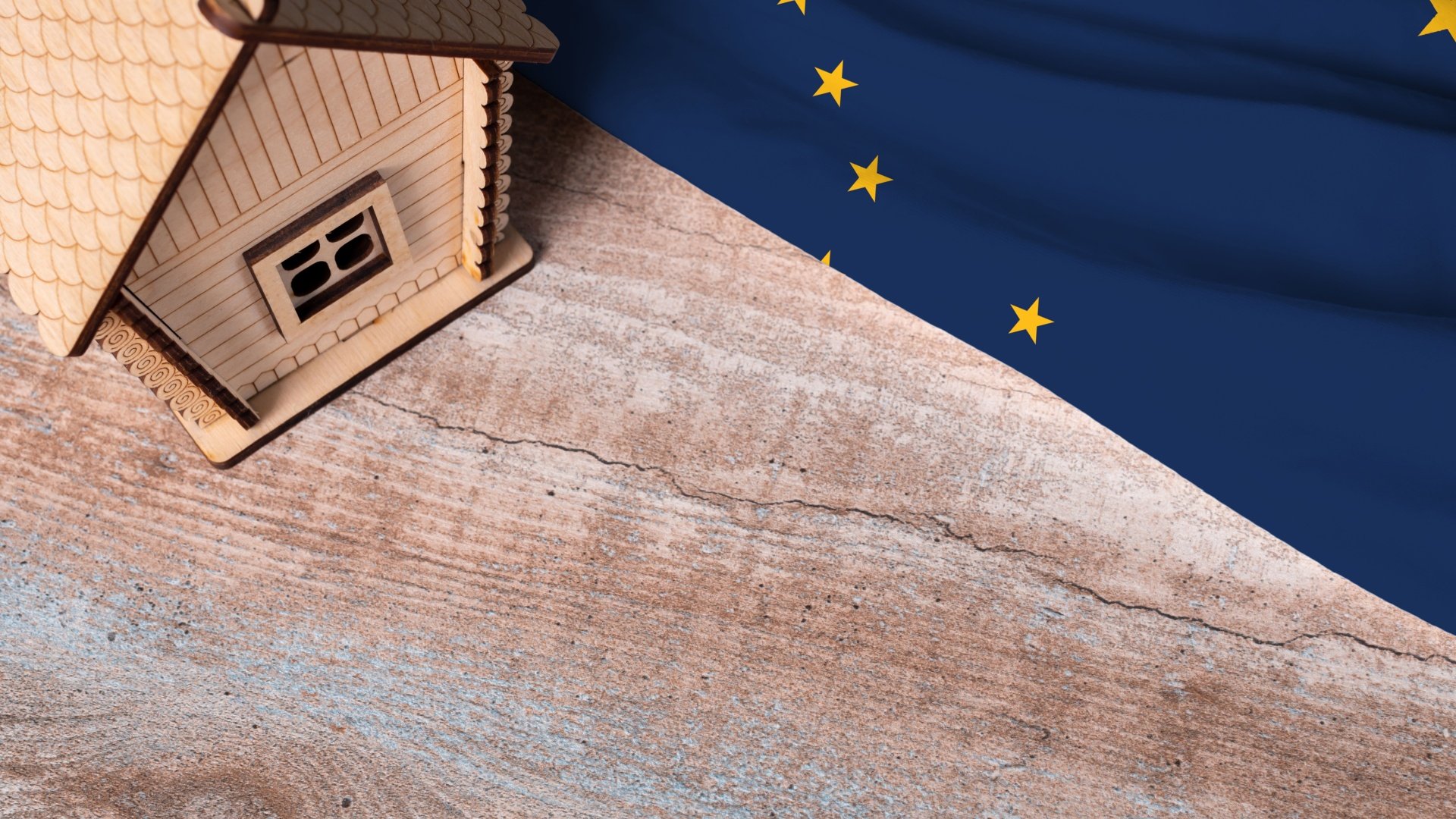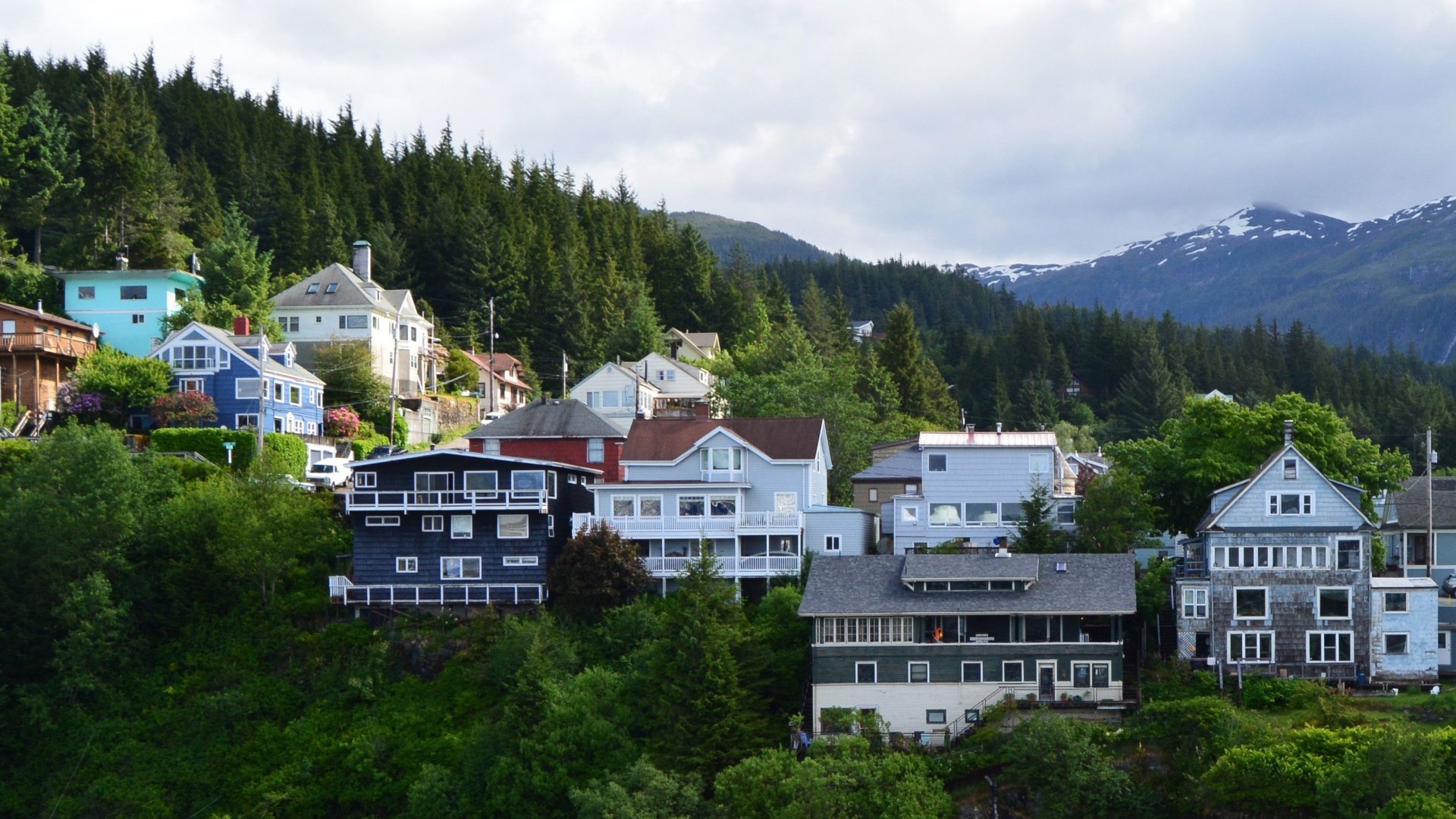In Alaska, millennial homebuyers have become the markets driving force.
Their choices reflect a generation balancing affordability, lifestyle, and geography in a place where isolation meets opportunity.
In urban centers, many opted for condos or townhomes due to high prices.

Shutterstock
Typical purchase prices for first-time millennial buyers ranged from about $200,000 to $300,000 for modest homes.
This trend cooled off by 2022 once rates rose.
Suburban Shift: High costs in Anchorage and Juneau pushed many millennial buyers to look at more affordable areas.

Some moved from Anchorage to the Matanuska-Susitna (Mat-Su) Valley for larger or newer homes within commuting distance.
Others in Southeast Alaska sought homes outside pricey Juneau.
By 2023, they were ages 27 to 42 and represented the bulk of buyers in the market.

Majority of Buyers: Data confirms that millennials now account for a majority of home purchase loans in Alaska.
This is one of the highest millennial shares of any state.
First-Time Buyers: A large portion of these millennial buyers are first-time homeowners.

Nationally, 71% of younger millennials and 36% of older millennials are first-time buyers.
Challenges in the Market
Millennials face unique challenges in Alaskas market.
However, by 20222023, soaring prices and interest rates made it much harder for first-time buyers to compete.

Real estate economists noted that diminished affordability hit first-time buyers the most.
Despite these hurdles, millennials continued to drive demand.
Alaska did not experience a drop in young buyers post-pandemic as steep as some states did.

But exactly what they purchase often depends on budget and location.
Starter Homes (Small Single-Family Houses)
Many first-time millennial buyers purchase older or smaller single-family houses.
These might be 23 bedroom homes built in the 1970s1980s that are more affordable.
In Anchorage, for example, millennials on a budget often squeeze into older homes in cheaper neighborhoods.
In Fairbanks, a 1970s ranch house or a modest home around 1,200 sq.
ft. might be a typical millennial-starter purchase.
These homes usually fall in the lower price tiers for the area.
Statewide, the median price for first-timers (often millennials) has been around $250K in recent years.
Condos are generally cheaper than stand-alone houses and require less maintenance (appealing to busy young professionals).
New Construction vs.
Older Homes
Few millennials can afford brand-new builds in Alaska, since new construction is limited and expensive.
Most newly built homes are priced for higher-income or move-up buyers.
Within the 20182023 period, many millennials moved beyond their first purchase and made secondary moves.
They could sell that starter and upgrade to a more spacious home with a relatively affordable new mortgage.
Upsizing peaked in 2020-21 when money was cheapest.
In general though, downsizing was a minor part of the market during 20182023.
Second Homes and Recreational Properties
A notable trend in 20202021 was an uptick in second-home buying.
However, this second-home craze reversed sharply by 2022.
Once interest rates climbed and lending standards tightened, buying an extra property became far less affordable.
Regional Variations Across Alaska
Alaska is a huge state with diverse local markets.
Millennial homebuying trends have played out differently in Anchorage, Fairbanks, Juneau, and other regions.
It also typically accounts for 4045% of Alaskas home sales by value.
In 2018, the average single-family sale price in Anchorage was ~$392,000.
By 2023, that average price ballooned to about $491,000.
This steep rise outpaced what many millennial first-time buyers can afford, leading to an affordability crunch.
Homes in Fairbanks have historically been cheaper than Anchorage, which remained true in recent years.
These prices are considerably lower than Anchorage or Juneau, making Fairbanks relatively attainable for millennials.
A large factor in Fairbanks market is the military presence (Fort Wainwright Army and Eielson AFB).
This means a lot of Fairbanks millennial buyers use VA financing.
For civilian millennials, Fairbanks offered moderate prices and a steady supply of older homes.
That leads to high costs and low inventory.
In 2018, Juneaus average single-family home price was ~$410,000 (the second-highest after Anchorage).
By 2022 it exceeded $513,000, and 2023 remained around half a million dollars on average.
Those who do buy often are in the later millennial age range, with two incomes or substantial savings.
Its the fastest-growing area population-wise, and much of that growth is millennials seeking affordable homeownership.
This still undercuts Anchorage by a lot.
The Peninsula also has a reputation as a place for vacation homes.
During 202021, there was a surge of interest in Kenais coastal and scenic properties.
Many villages have scarce formal real estate; housing is often provided by tribal or regional housing authorities.
However, regional hubs like Bethel, Nome, Kotzebue do have some sales.
This disparity is why many millennials chose Mat-Su or Kenai to find homes within their budgets.
Comparing 20182023 to 20082017: Whats Changed?
Its useful to step back and see how the recent trends contrast with the prior decade (20082017).
In 2008, the oldest millennials were 27 just starting to buy and younger millennials were teens.
Home purchases back then were dominated by Gen X and Baby Boomers.
Even during the late-2000s housing bust nationally, Alaskas housing market didnt crash as hard.
Now compare that to 20182023, which was far more volatile.
Early in this period, Alaska was just coming out of its recession so sales dipped in 20182019.
Then the pandemic housing boom hit: sales spiked in 20202021.
Price Acceleration
From 2008 to 2017, Alaskas home prices rose modestly overall.
Essentially, prices just kept pace with inflation in that era, partly due to economic stagnation in mid-2010s.
In contrast, 20182023 saw a sharper upswing in prices, especially during the pandemic.
Much of that came in 20202022 when low rates and high demand pushed prices up quickly.
This rapid appreciation was almost equal to the entire gain of the previous decade.
Interest Rate Volatility
The 20082017 era was defined by generally falling or low interest rates.
Through the mid-2010s, rates stayed historically low.
In contrast, 20182023 had an interest rate rollercoaster.
The spike in rates after 2021 was unprecedented in speed, and it slammed affordability.
Essentially, financing costs went from a tailwind to a headwind.
Earlier millennials got easy money; later millennials got expensive money.
Housing Supply Challenges
The earlier period saw more addition to housing supply.
By contrast, new construction in 20182023 lagged badly.
In fact, 2022 saw near-record low levels of building in Alaska.
Builders faced higher material costs (lumber spikes, etc.
), labor shortages, and uncertainty.
So, even as millennials wanted homes, the market wasnt getting a lot of fresh inventory.
The tight supply contributed to the price increases.
They have become the leading homebuying group, outpacing older generations in purchasing homes.
One thing is clear: millennial homebuying in Alaska is no longer a side story it is the story.